A lead is a term used to refer to a prospective customer. Obtaining leads can increase sales and improve corporate value.
In this article, we will list and explain the types of leads and typical measures. We have also compiled some important points when conducting lead marketing, so please refer to them.
What is a lead? About leads in BtoB marketing
“Lead” is a marketing term that refers to a “prospective customer” that has an important meaning in BtoB marketing. Although they are sometimes called sales leads, both refer to the same “prospective customer.”
A potential customer is a person or group of people who are likely to become your customers in the future. More leads can mean more customers.
Companies need customers to succeed and grow their business. Obtaining leads that can turn into customers is a major challenge for business success.
Acquiring leads involves costs such as advertising costs, but the more leads that are likely to result in future transactions, the more opportunities there are to increase transactions.
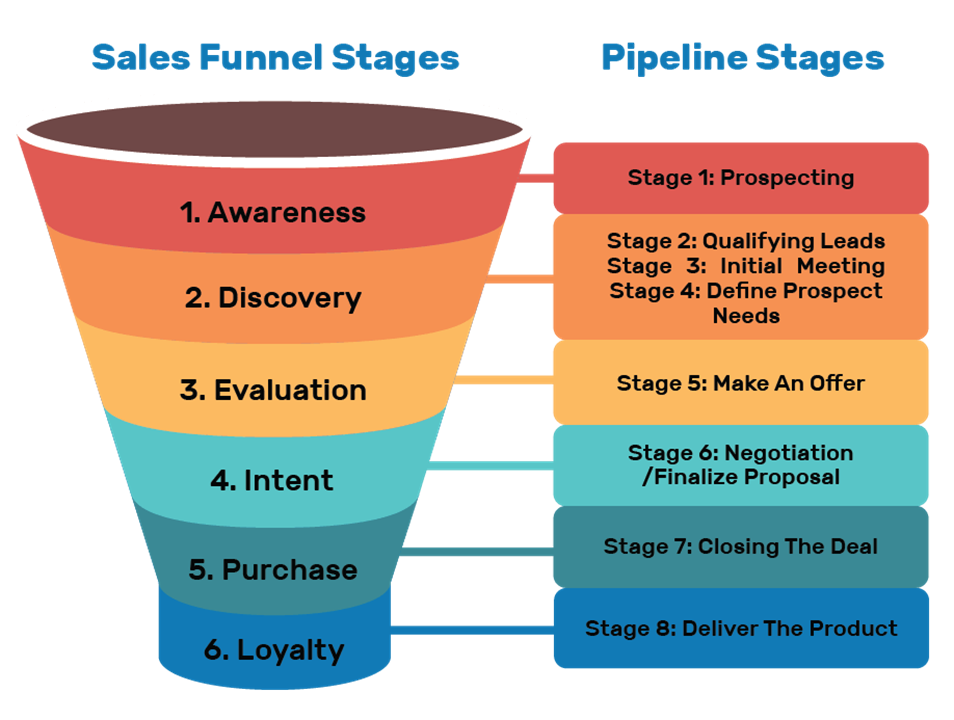
Lead marketing can be divided into three processes
Lead marketing is the process of communicating appropriately with leads and selecting those that are likely to become customers. Lead marketing can be divided into three processes:
Lead generation is the creation of potential customers. By holding information sessions and recruiting email newsletter members, you can make your company known to potential leads.
After increasing awareness through lead generation, we conduct lead nurturing. Lead nurturing is about strengthening the relationship between leads and companies. We will contact leads who have attended information sessions or become email newsletter members, and take actions that will make your company special to them.
After confirming that lead nurturing has strengthened the relationship, it’s time for lead qualification. Lead qualification is the narrowing down of leads, selecting leads that are likely to become customers and conducting intensive sales activities. Lead qualification reduces the priority of leads that are unlikely to become customers, increasing the efficiency of your sales efforts.
Thus, lead marketing starts with proper lead generation. We have put together a guidebook with specific methods for lead generation. You can download it for free from the page below. Please help us.

The series of steps from lead acquisition to order acceptance
The series of steps from lead acquisition to order acceptance
In order to convert leads into customers, you need to follow a process that follows the flow. The flow from acquisition to ordering is as follows.
1. Lead generation (acquisition of prospective customers)
2. Lead nurturing (education of prospective customers)
3. Lead qualification (narrowing down leads)
4. Closing due to sales
Let’s take a closer look at each process.

1.Lead generation (acquisition of potential customers)
Lead generation involves collecting as many leads as possible. Start acquiring leads using the following methods:
Note that in-depth information about leads is not required at the lead generation stage. Based on simple information such as email address and name, we will proceed to the next stage of lead nurturing.
With the spread of the Internet, lead generation methods have diversified. Using many methods to acquire potential customers leads to the success of marketing itself. We are distributing free materials that briefly summarize the basics and specific methods of lead generation. Please download it below and use it for your marketing.
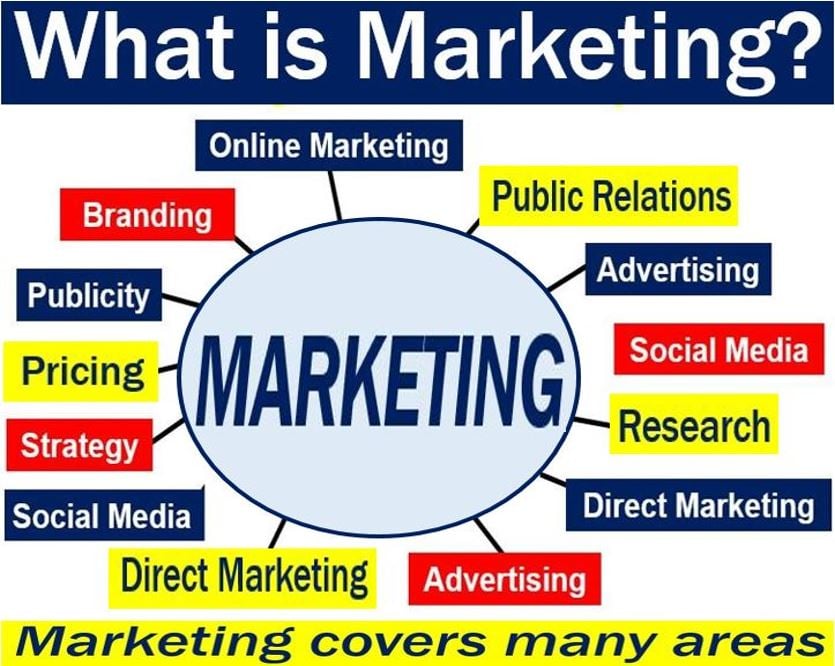
2.Lead nurturing (education of prospective customers)
”
Lead nurturing
” is a solution to the problem of leads: “Leads do not immediately lead to orders, but leads that are not followed up are likely to become customers of your competitors.”
Lead nurturing is a measure that allows the marketing department to nurture the leads obtained through lead generation without directly handing them over to sales, making it easier for sales to turn them into deals.
Email distribution is one step in lead nurturing, but if the lead information collected during lead generation is not organized as data, efficient distribution will not be possible.
It is important to digitize the acquired leads in one place.
You can utilize the leads collected through data conversion. For more information on lead nurturing, please see the related article below.
3.Lead qualification (narrowing down leads)
The lead generation and lead nurturing stages expand your reach. If you compare it to fishing, it’s like spreading out a big net and trying to enclose as many fish as possible.
However, if there are too many fish in enclosures, it will take time to sort out the fish that can be sold at the market, making it impossible to fish efficiently. It is necessary to make the net a certain size so that fish of low market value do not get caught.
If I were to compare lead qualification, it would be like adjusting the mesh of a web. Set certain criteria for the leads you secure, and distinguish between leads that are likely to become customers and those that are not. You can increase sales efficiency by spending time and money on sales activities targeting leads that are likely to become customers.
4.Closed by sales
Sales will close the leads narrowed down through lead qualification. Note that closing refers to the conclusion of a contract such as a sale.
In fact, even if you acquire leads, if you don’t progress to closing, sales won’t increase. Marketing and sales should work closely together to smoothly lead from lead qualification to closing.
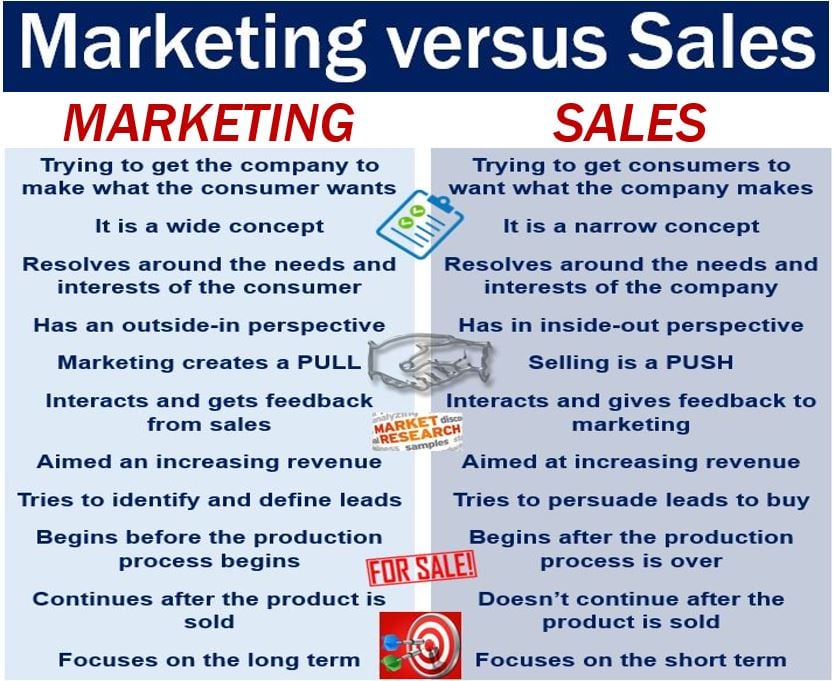
Types of lead generation
There are various methods of lead generation. Depending on the direction of approach, it can be divided into two types: outbound and inbound. Let’s take a closer look at what each method includes.
outbound
Outbound is when a company approaches potential customers. For example, the next method of lead generation could be considered outbound.
Outbound lead generation is often conducted for an unspecified number of people. Also, by not narrowing down your target range too much, you can increase awareness not only of your products and services but also of your company.
inbound
Inbound refers to approaching a company from prospective customers. For example, the next method of lead generation can be called inbound.
Unlike outbound leads, which involve a large number of unspecified leads, inbound leads are actively motivated by the product or service. Therefore, compared to outbound, it is thought to be more likely to lead to a purchase.
Typical lead generation measures
Lead generation methods can also be divided into offline and online. We will introduce what measures are included in each category.
Offline measures
Offline strategies include non-internet lead generation methods such as:
Hosting trade shows and seminars allows you to meet potential leads in person. In addition to communicating the appeal of your products and services, you can also research market needs and reactions to your products. You can also conduct lead generation by sending direct mail to seminar participants or posting advertisements targeting an unspecified number of people.
Online measures
Online measures include lead acquisition methods that utilize the Internet.
You can provide information about your products and services on your own media and SNS, and publish content to help people feel more familiar with your company. In addition, holding an event online can be cheaper than holding a physical event, and can reach more people.
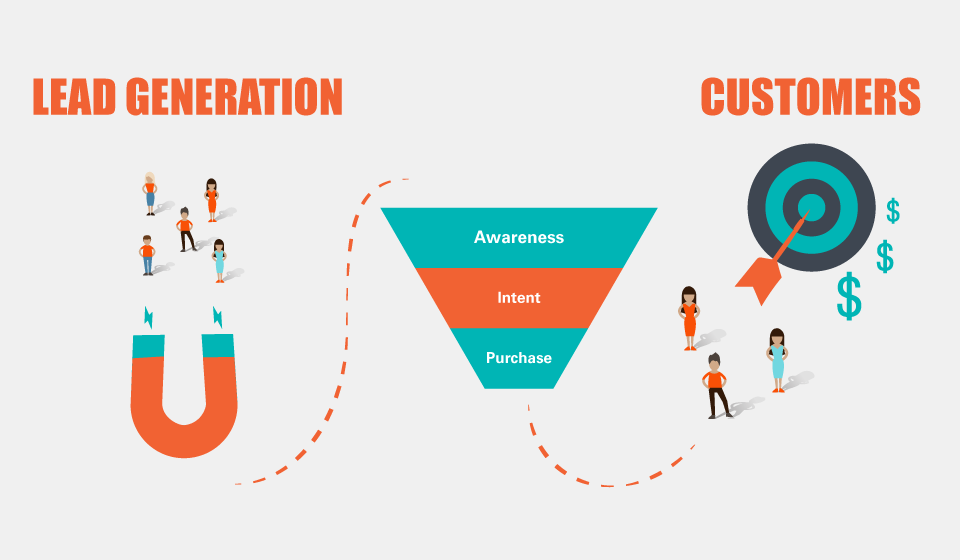
Typical lead nurturing measures
Lead nurturing, which deepens relationships with leads, often uses the following strategies:
Let’s take a look at the specific methods and characteristics of each.
email
By sending emails that are tailored to your leads’ interests, you can pique their interest in your products or services and convert them into sales. You can carry out lead nurturing using email as long as you know the lead’s email address, so it can be said to be a method with low hurdles to use.
Emails used for lead nurturing can be divided into step emails and segment emails. A step email is an email sent to leads who have taken an action such as registering as a member or requesting information.
On the other hand, segmented emails are emails that are sent according to lead attributes. Although it is a prerequisite to obtain personal information other than email addresses, you can conduct targeted and efficient marketing.
retargeting ads
Retargeting advertising is an advertising method that targets potential customers who have visited your company’s website and displays an ad while they are browsing another website to encourage them to return to your website.
It has the characteristic of repeatedly displaying advertisements to strongly appeal to potential customers, which makes it easier to close the sale.
SNS
SNS can also be used in the lead generation stage, but when used in the lead nurturing stage, you can educate rather than acquire leads.
Another feature of SNS is that it is easier to build personal relationships than email. Since it is easy for leads to approach you, you can not only resolve doubts about products and services, but also increase loyalty to your company.

Specific measures for lead qualification
During the lead qualification stage, you can take the following actions:
We will introduce each measure in detail.
hearing
You can have a direct hearing when a contact with a lead is made. For example, conduct interviews with leads who approach you through your company’s website to inquire or request materials to determine whether they are likely to become customers. Conduct interviews not only face-to-face, but also by telephone and online interviews.
marketing automation
By using marketing automation software (marketing automation), you can send emails, hold seminars, perform scoring, etc. For example, one of the support tools is
.
For example, scoring can automatically determine whether a customer is likely to become a customer based on behavioral patterns. Marketing automation allows you to easily score and qualify leads.
questionnaire
Another option is to conduct a survey of leads who attended an event such as a trade show or seminar. Through surveys, you can understand the level of interest in products and services, the image people have of the company, etc., and proceed with lead qualification efficiently.
Furthermore, there is no need to terminate the relationship with leads whose chances of becoming customers are low based on the survey. Use methods like sending regular emails to maintain relationships inexpensively.
Creation of white papers for each purchasing desire
Another method is to find out the behavior of your leads and create a white paper that suits them. For example, for leads who are likely to become customers, you can present materials such as case studies of your product or service and comparison tables with competitors.
If you would like to learn more about the importance of white papers and how to promote them, please download and review the materials below.

Four important points when conducting lead marketing
For successful lead marketing, keep the following points in mind:
1. Centralize and manage collected customer information
2. Understand the lead’s challenges
3. Understand “lead information required by the sales department”
4. Design continuous nurturing scenarios
I will explain each point.
1. Centralize and manage collected customer information
Collected customer information will be centrally managed. Centralization makes it easier to understand the accuracy of customer involvement and needs, leading to more efficient sales.
2. Understand the challenges your leads have.
As the number of leads you generate increases, the number of non-qualified leads may also increase. By understanding the challenges faced by leads, you will be able to conduct more efficient sales.
In the marketing department, it is necessary to acquire leads and hand them over to sales in a state that is easy to turn into a deal, but in corporate sales, it takes a relatively long time to acquire customers.
In fact, in the marketing activities of BtoB companies, even if sales follow up on leads acquired through lead generation measures, only about 15% of them can be converted into deals in the near future, and it is difficult to turn most leads into deals in a short period of time. It seems that there is data on this.
However, research shows that 80% of leads that are not followed up go on to purchase a product or service from a competitor within two years. Accurately understand lead challenges and increase sales efficiency.
3. Understand “lead information required by the sales department”
It is necessary to accurately understand what kind of lead information the sales department is looking for and hand it over in a way that will easily lead to a closing. Completing at least lead nurturing will help your sales process go more smoothly.
4. Design continuous nurturing scenarios
The leads you acquire may turn into business deals months later. Keep this kind of case in mind and carry out continuous lead nurturing.
For example, depending on the information obtained by the lead, decide what information to send next to lead to the closing. Create effective nurturing scenarios based on the customer journeys of customers who actually made a purchase.
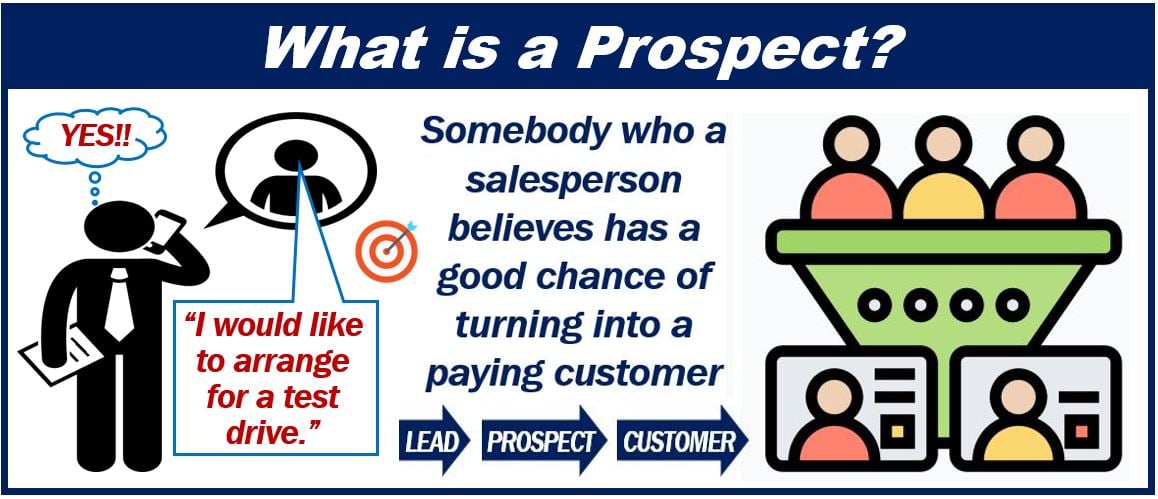
Get more qualified prospects by systematically understanding your leads.
If you follow the lead generation process carefully, you will be able to obtain high-quality potential customers. It also deepens your understanding of leads, making it easier to pass them on to sales. Properly manage lead information and make sure you can use it for efficient sales.


